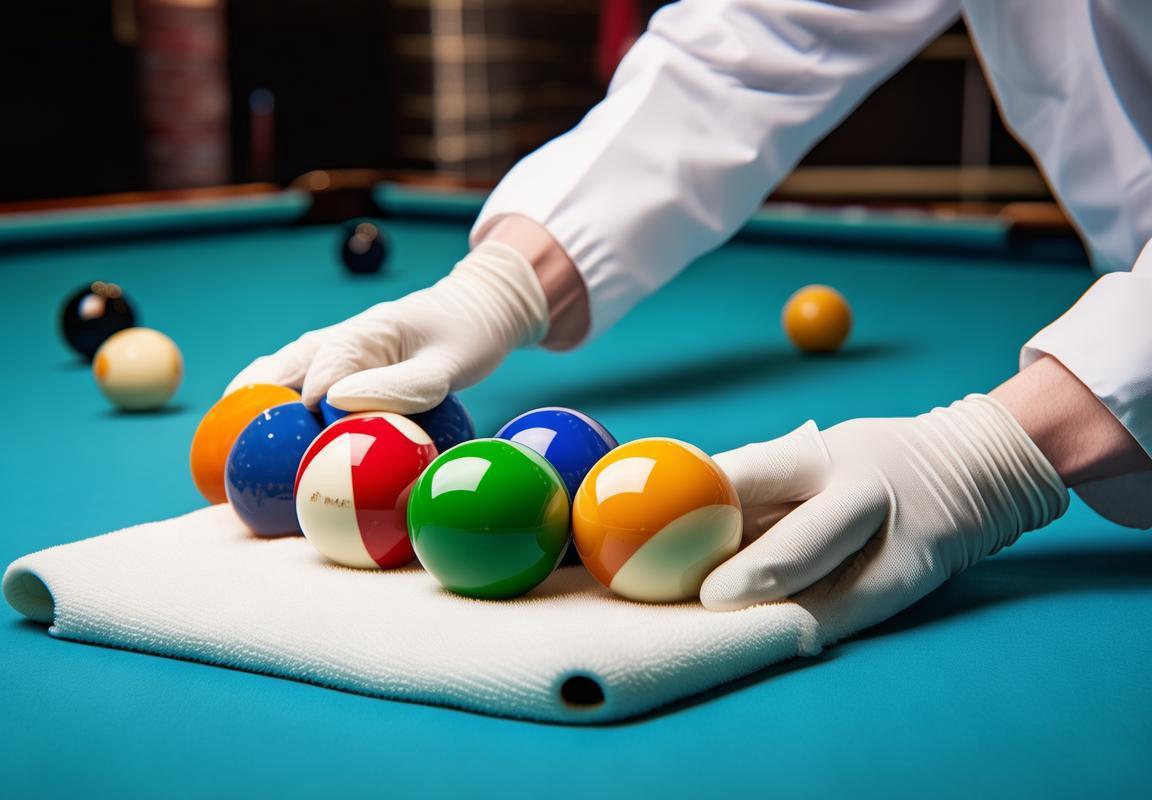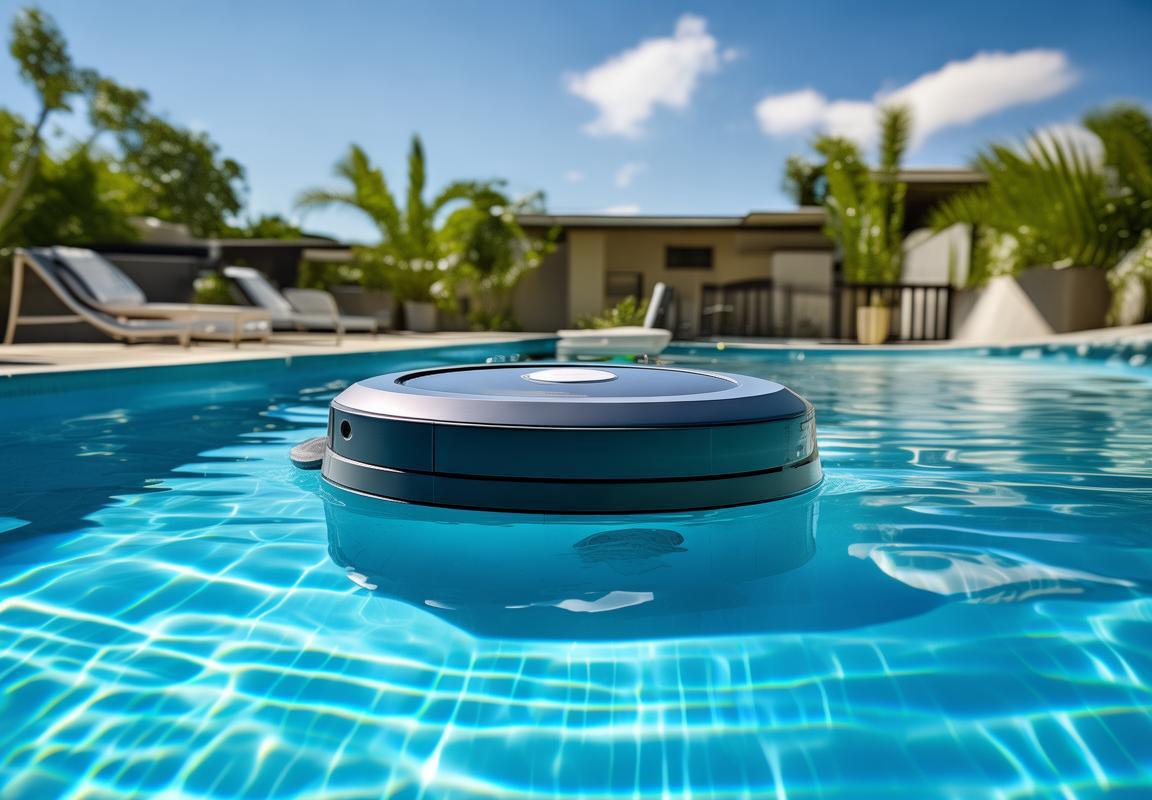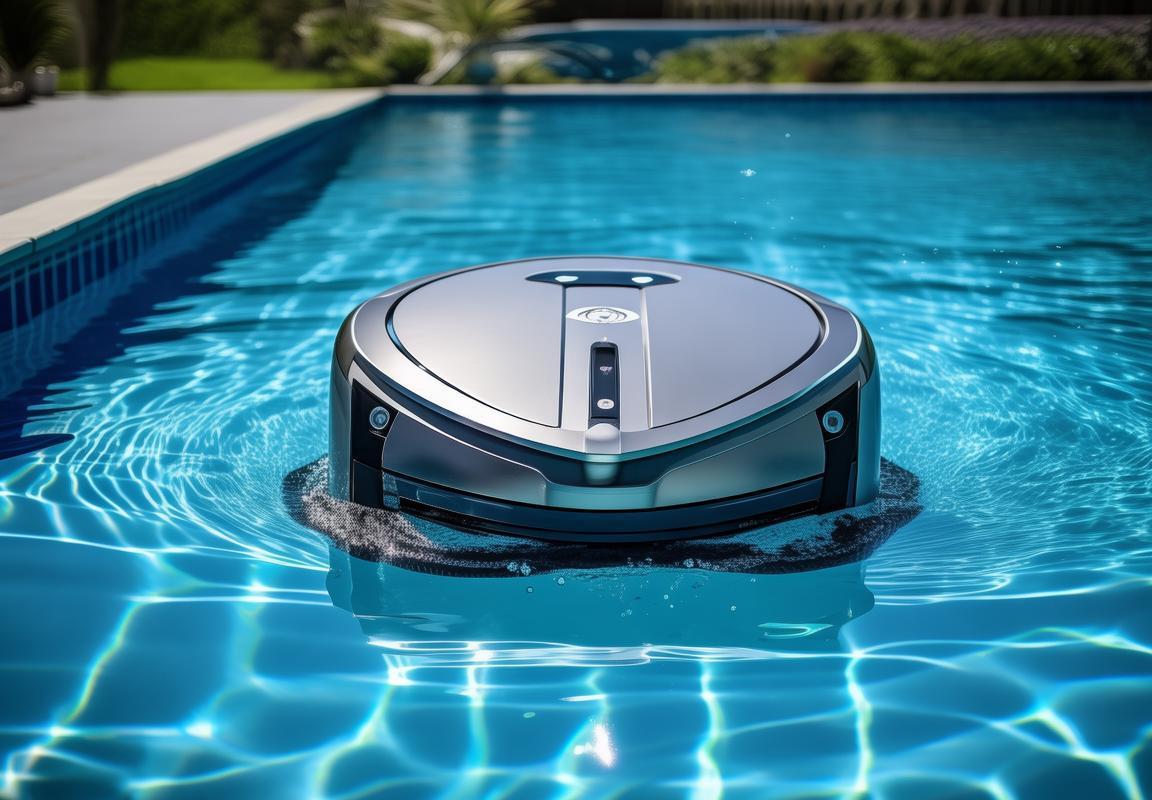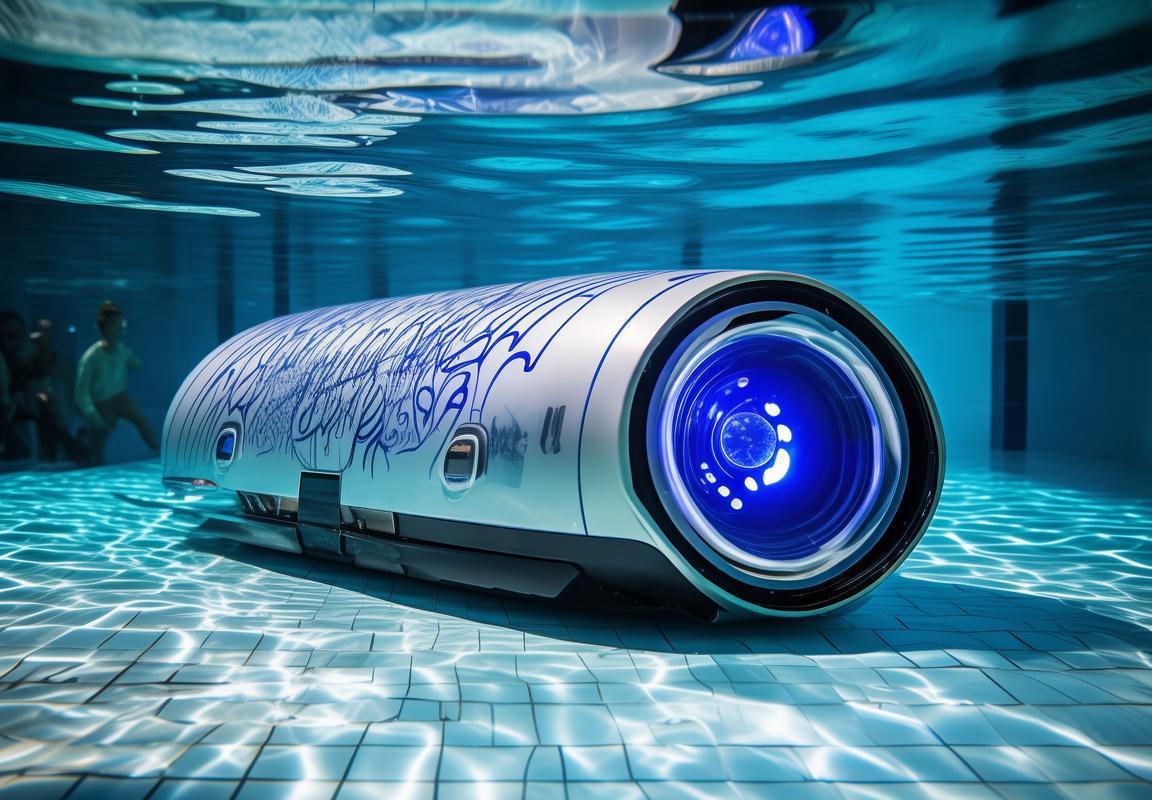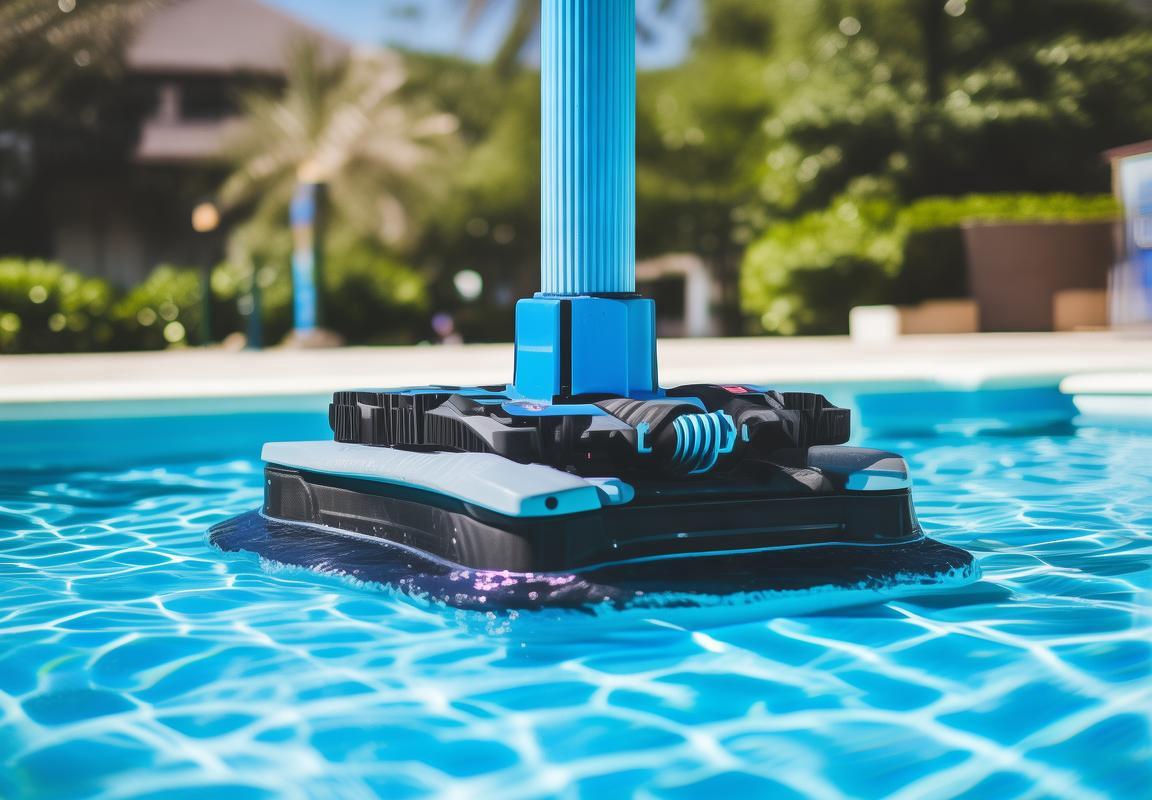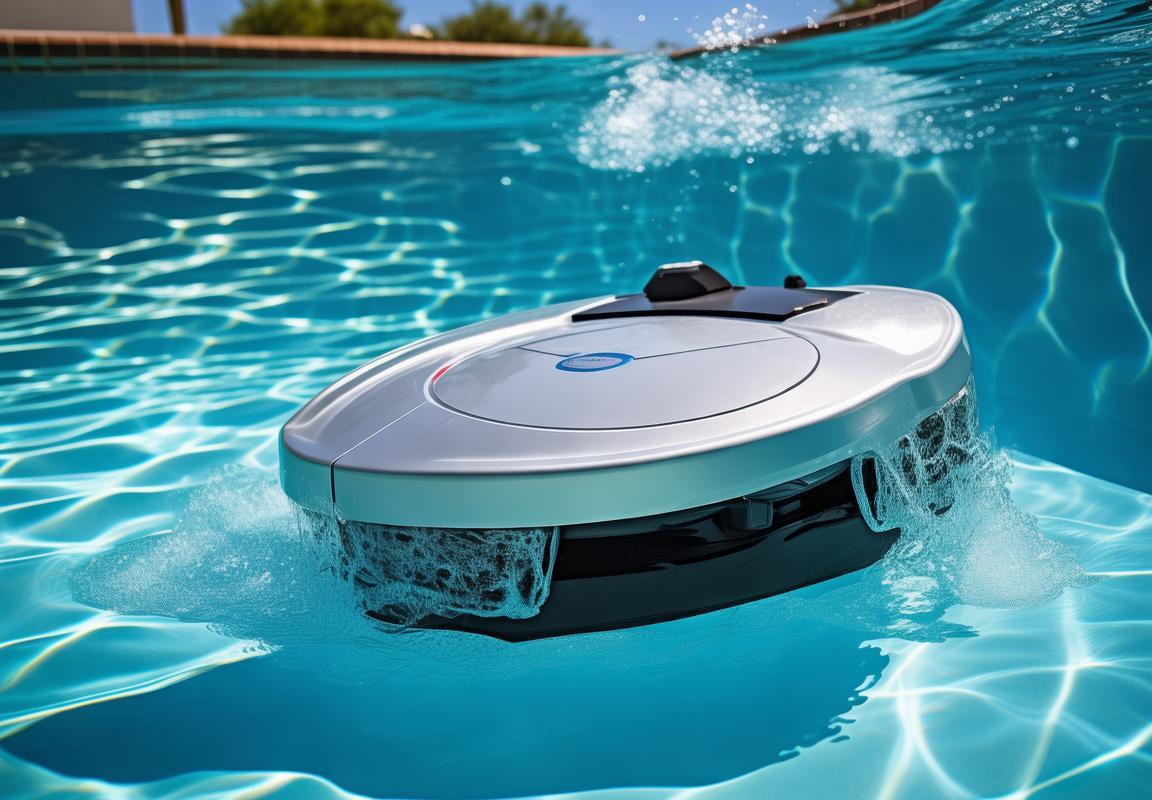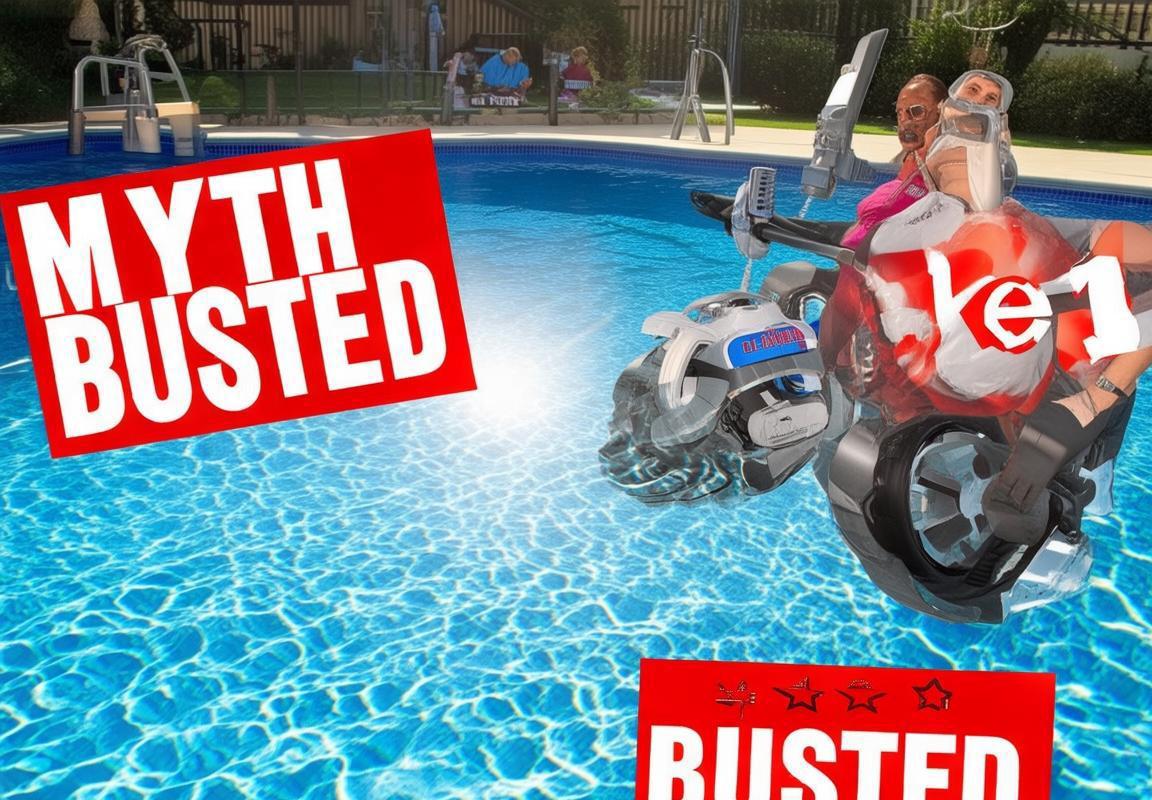How to Clean Pool Table Balls Like a Pro: Best Cleaner for Billiard Balls & Pool Ball Maintenance
Keeping your pool table balls clean is essential for smooth gameplay and avoiding grimy, sticky surfaces. Avoid common mistakes like using harsh chemicals (bleach or ammonia) or tossing them in the dishwasher, as these can damage the phenolic resin. Instead, opt for a best cleaner for billiard balls approach: start by dry-brushing off chalk dust, then hand-wash each ball with a mix of mild dish soap and warm water (no soaking). Rinse immediately and sanitize with 70% isopropyl alcohol for league-level cleanliness. Dry thoroughly with a microfiber cloth to prevent water spots. For pool ball maintenance, weekly wipe-downs and proper storage in a ventilated rack help prevent mildew. If balls are deeply scratched, yellowed, or cracked, it’s time to replace them. Clean pool table balls ensure better gameplay and a more enjoyable experience—so skip the lazy hacks and treat them right!
